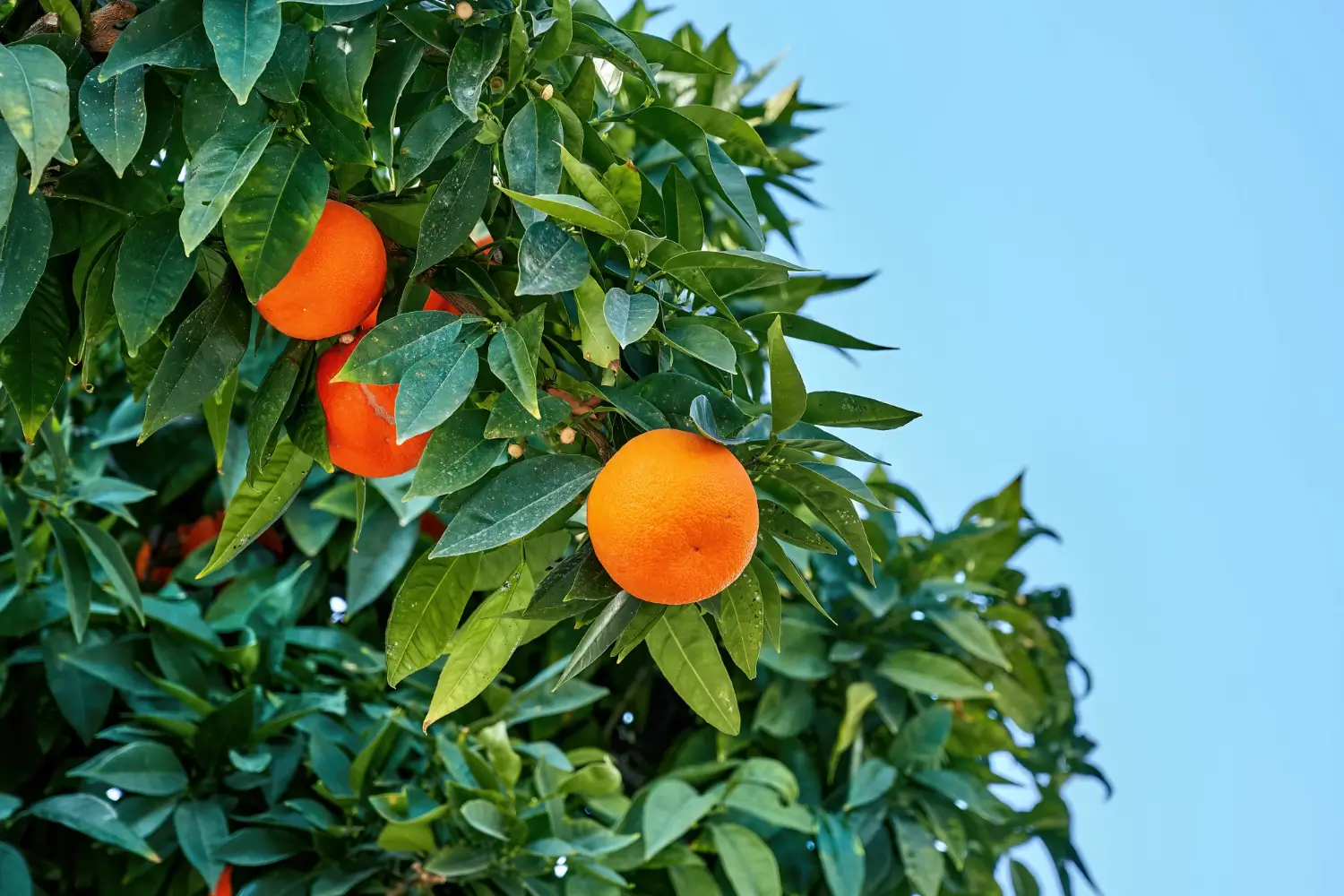
Soil Health & Fertilization
We unite suppliers and green industry professionals worldwide
Ursinia is a delightful genus of daisy-like flowers that are native to southern Africa. It offers a simple way of bringing brilliant seasonal color to native and cottage-style gardens.
By Mariam Scott
|Published on June 20, 2025
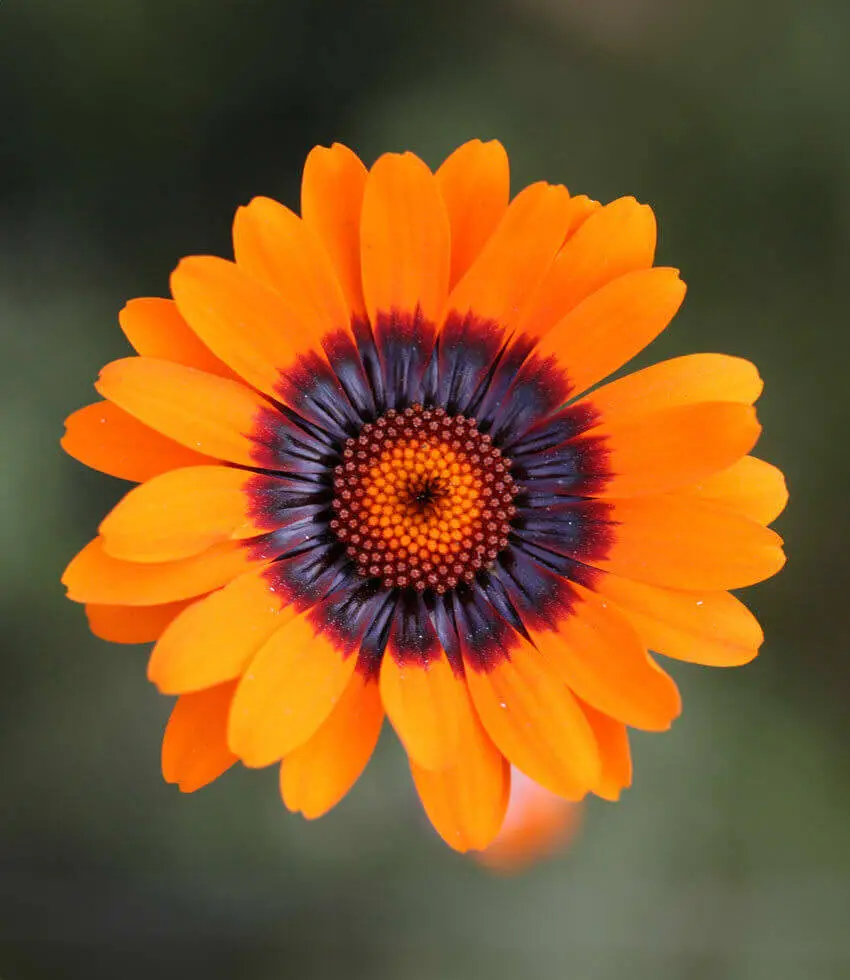

Want to fill your garden with a color that's cheery and makes you feel like the sun has blossomed?
Ursinia is a delightful genus of daisy-like flowers that are native to southern Africa. It offers a simple way of bringing brilliant seasonal color to native and cottage-style gardens. Most commonly valued for its finely cut foliage and bright flowers, which come in colors from golden-orange to sunny yellow with dramatic black or dark purple centres, Ursinia is a low-maintenance annual (or occasionally short-lived perennial) that thrives in poor soil and dry conditions.
This fast growing bloomer is perfect for borders, containers, wildflower meadows, or anywhere you want that relaxed, wind-swept charm. With its delicate, ferny leaves and a free-flowering habit, Ursinia makes a soft, textural base that’s tough and whimsical at the same time. Despite its delicate looks, it’s surprisingly hardy once established—perfect for gardeners who want impact without the fuss.
Whether you’re eager to fill the gaps in your summer garden or want to help out your local pollinators with bright, nectar-rich flowers, Ursinia offers the perfect blend of ease, colour, and wild-hearted beauty.
| Common Names | Ursinia, African Daisy |
| Botanical Names | Ursinia anthemoides, Ursinia calenduliflora and others |
| Type | Annual (occasionally short-lived perennial) |
| Height | 12-20 inches (30-50 cm) |
| Sunlight | Full sun |
| Soil | Light, sandy or gravelly, and well-drained |
| Water | Light, drought tolerant when established |
| Hardiness Zones | 9-11 (USDA); grown as an annual elsewhere |
| Time to Bloom | Late spring to early fall |

September 25, 2025
9 minute read
September 24, 2025
9 minute read
September 23, 2025
10 minute read
September 22, 2025
9 minute read


Join as a seller and connect with thousands of B2B buyers nationwide!
Sign Up
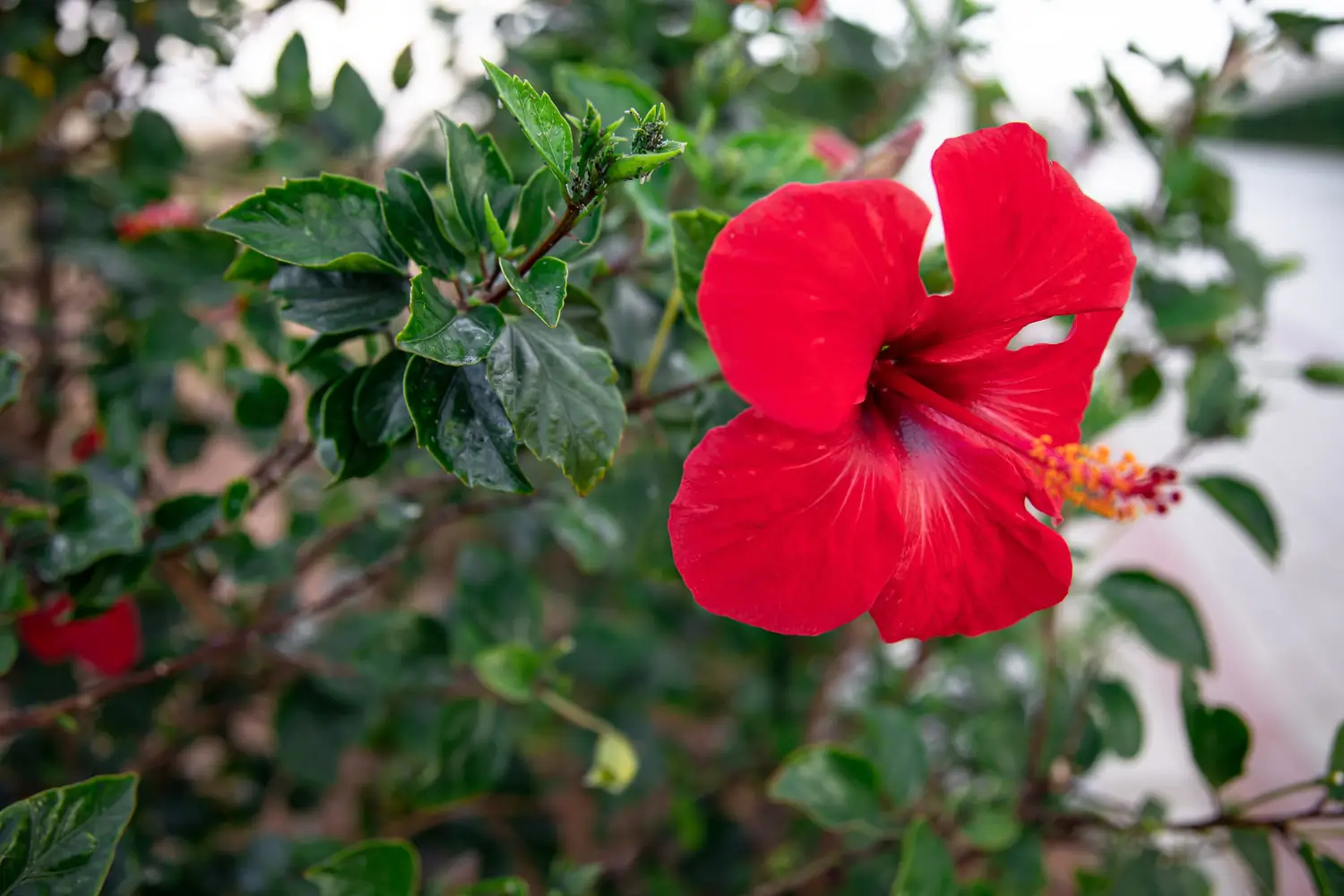
Hardy Hibiscus
A Cold-Hardy Perennial That Brings Exotic Flair to Temperate Climates

Hardy Kiwi
A Cold-Hardy Vine That Bears Sweet, Tangy Fruit in Your Own Backyard
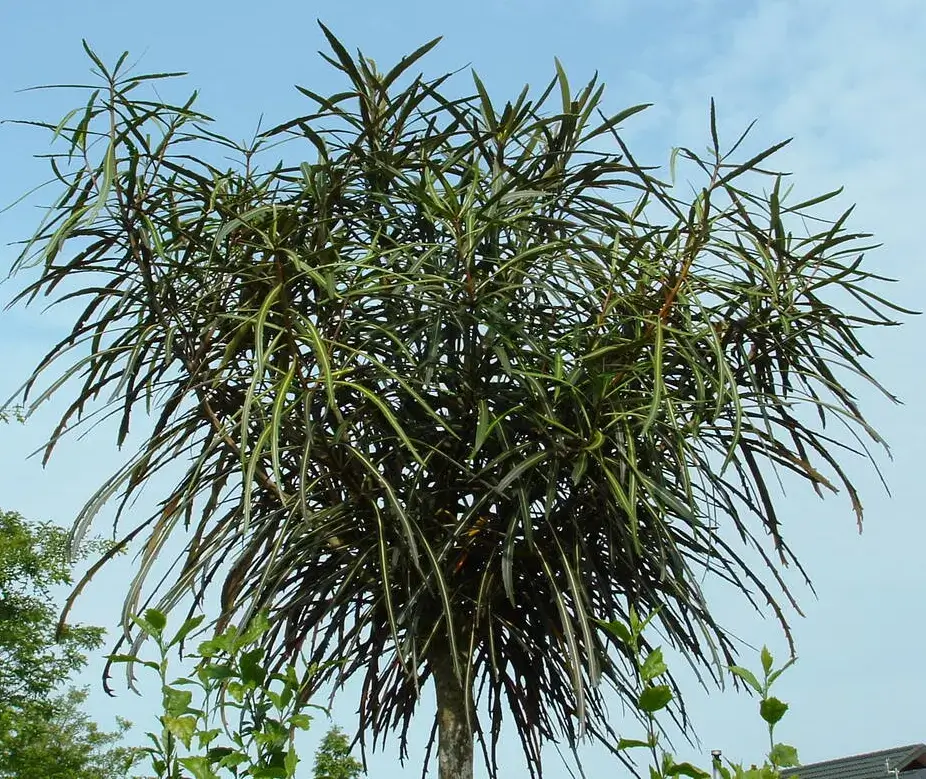
False Palm
False Palm is an exquisitely attractive plant with long, narrow or deeply cleft leaves that resembles a real palm but is very low maintenance. False Palm, though not a true palm — its leaves belong to other plant families — has the graceful, upright growt
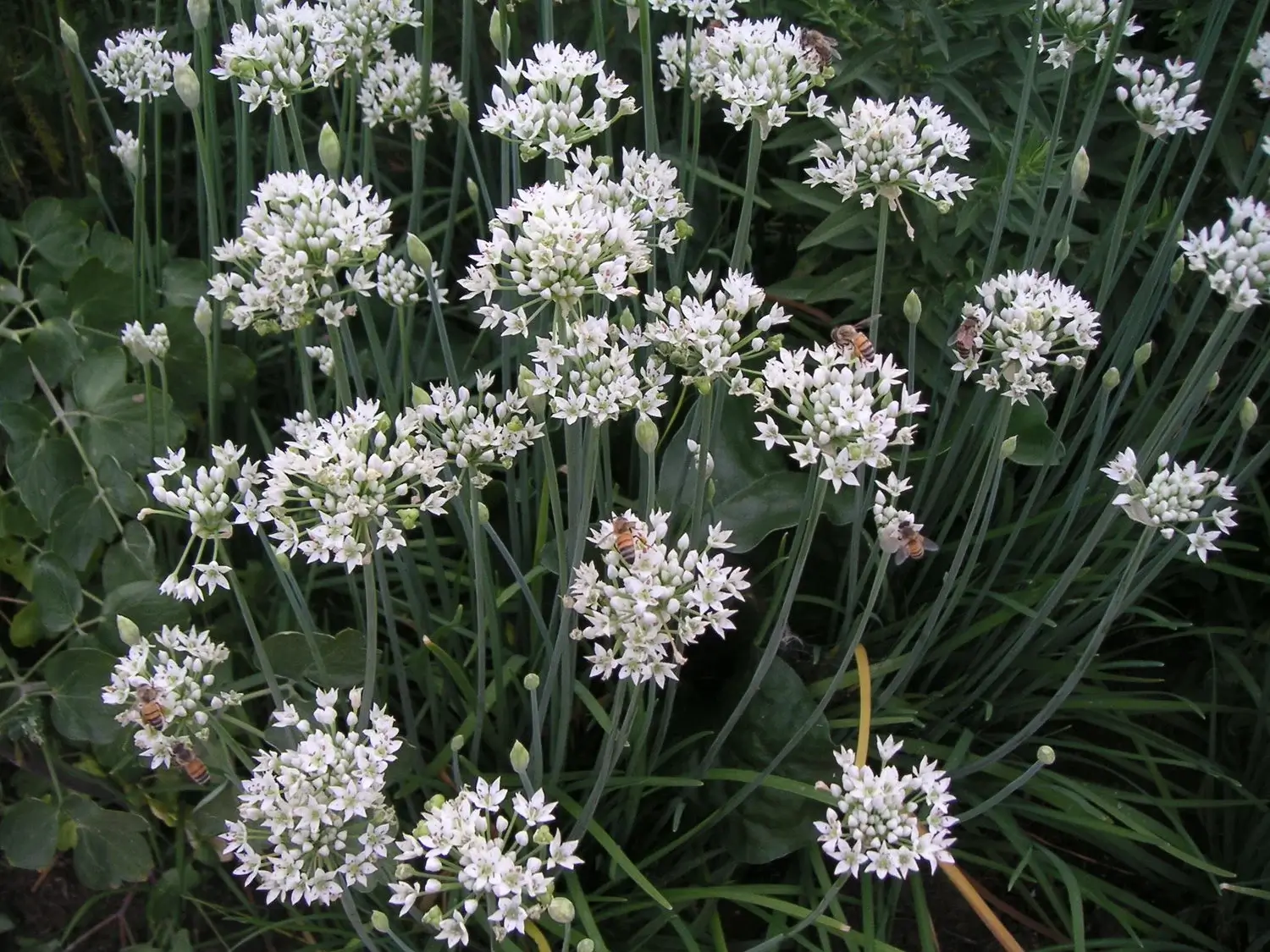
Garlic
Garlic has been grown for thousands of years, from giving culinary dishes a pungent, savory flavor to providing numerous medicinal qualities. Be it roasted, sautéed or ea
Ursinia is an easy going performer that shines spectacularly in poor soil and tough conditions. Once established, it requires little watering, no fertilizer and thrives in full sun. It’s fast to grow from seed and gives bountiful flushes of blooms for months.
It is fantastic for mass planting, general garden borders, or for or native-themed displays. Ursinia is quite low maintenance and is perfect for xeriscaping. If deadheaded regularly, it blooms even more generously and maintains a neat appearance. Bees and butterflies love it, and so will you.
This is a full-sun plant—Ursinia must have at least 6 hours of direct sun every day in order to be its best. In shade, flowering is dramatically reduced and the plant becomes leggy. Select a place in open beds, rock gardens or even roadside plantings where it can soak up the sun without competition from taller plants.
Ursinia grows best in light, sandy or gravelly soils with excellent drainage. It hates wet feet and/or clay soils and will fail in boggy conditions. Avoid over-rich, heavy soils, and opt for lean, free-draining mixes. It tolerates poor nutrition and doesn’t need soil amendments.
Tip: In clay-heavy areas, plant in raised beds or amend soil with coarse sand and grit.
Water Ursinia lightly and infrequently. It is drought-tolerant, once it is established (usually after 3-4 weeks of planting or germination). The most common problem is overwatering, which can result in root rot.
Pots: Dry out between waterings.
Pruning isn’t necessary, but you’ll greatly extend the flowering season, and also clean up the appearance of the plant by deadheading spent blooms.
When to prune: Throughout the growing season
What to prune:
Why it helps:
Ursinia is best grown by seed and is seldom propagated in any other way.
How to propagate from seed:
Seeds self-sow in some climates, especially in sandy soils.
Ursinia is a superb pot plant, especially for sunny patios and balconies.
Tips for potted success:
Excellent to combine with succulents or other drought-loving companions.
Most grow as annuals, but they can be treated as short-lived perennials in frost-free areas.
Store collected seeds in a cool, dry place for next season.
Ursinia bursts into bloom in late spring and continues through summer and autumn, especially with deadheading. Flowers open during the day and close at night or during cloudy weather.
Tip: Plant this en masse for a showy display of wildflowers.
Ursinia is a robust plant that doesn’t have many problems if it’s planted in the right conditions.
Common problems include:
Grow it lean, dry, and sunny—and it will perform beautifully.
With its joyful colour, breezy texture, and low-maintenance nature, Ursinia is a go-to plant for brightening sunny beds, containers, or native wildflower gardens. Perfect for beginners (and adored by pollinators), it grows quickly, blooms profusely and flourishes in poor soil, demanding little and giving much. Let it bask in the sun and bloom its heart out, and you’ll have a garden full of golden cheer from spring through autumn.
Not ideal. Ursinia requires full sun and air circulation; it’s most suitable as an outdoor seasonal plant.
No, it is frost-tender. Grow as an annual in cool zones where you are able to replant it every spring.
Yes! Bees, butterflies and other beneficial insects are drawn to its open flowers.
It tends to self-sow aggressively in sandy, well-drained soils. Deadhead to prevent or allow it for naturalising.
Yes — Ursinia can handle poor soil and windy conditions, so it’s a great option for coastal and dry gardens.

Soil Health & Fertilization
Victor Miller
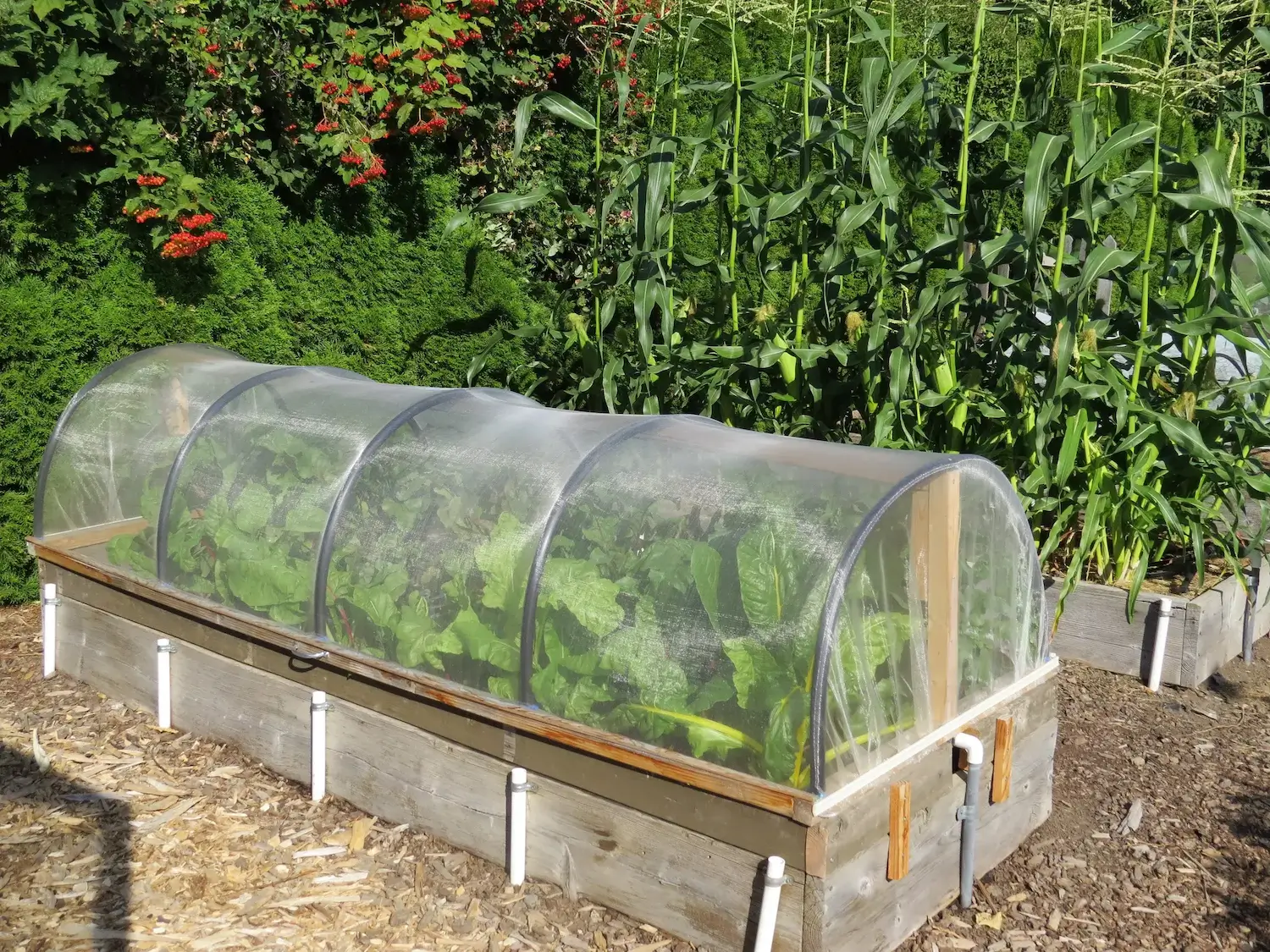
Pest Identification & Prevention
Victor Miller
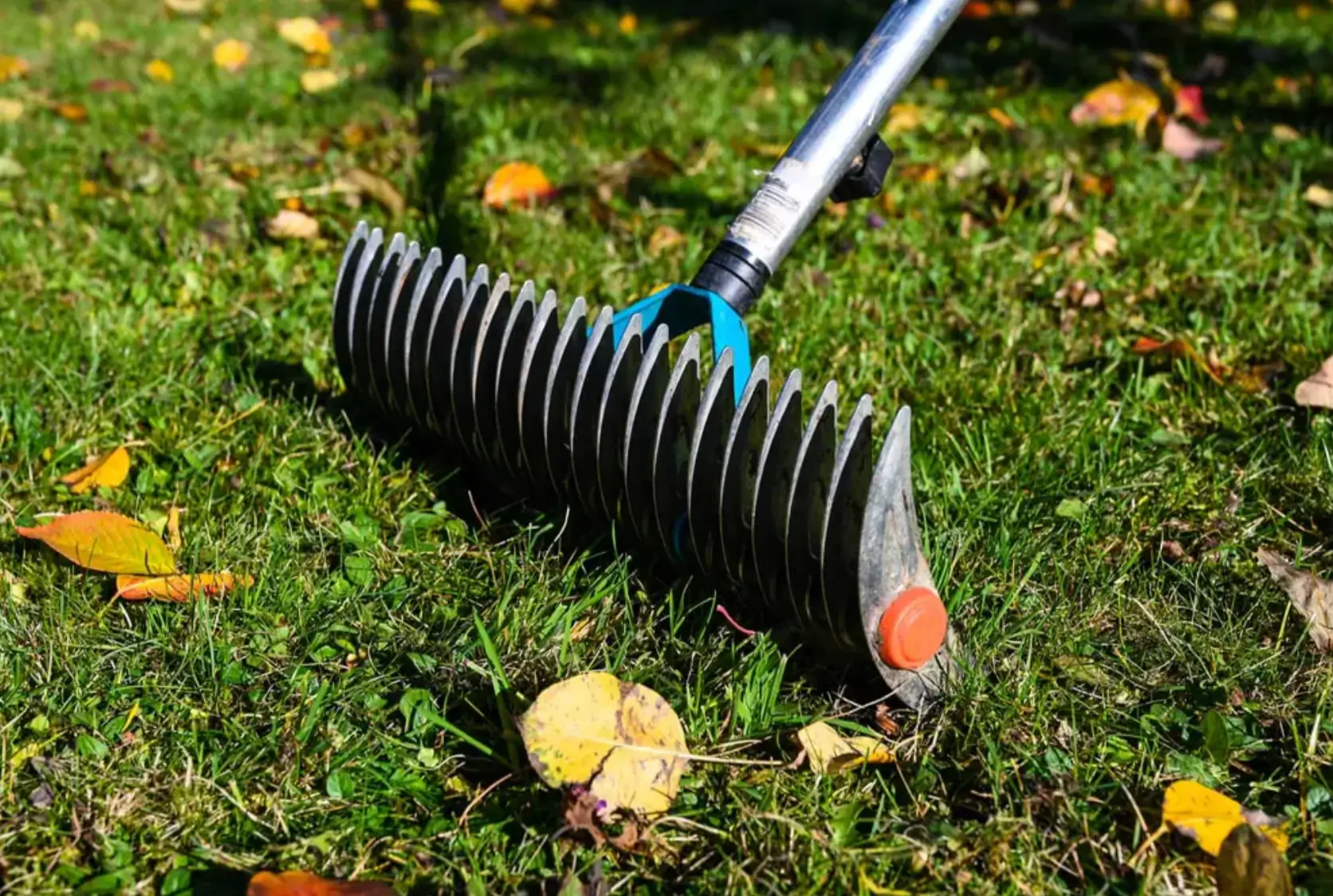
Lawn Care Tips & Maintenance
Victor Miller
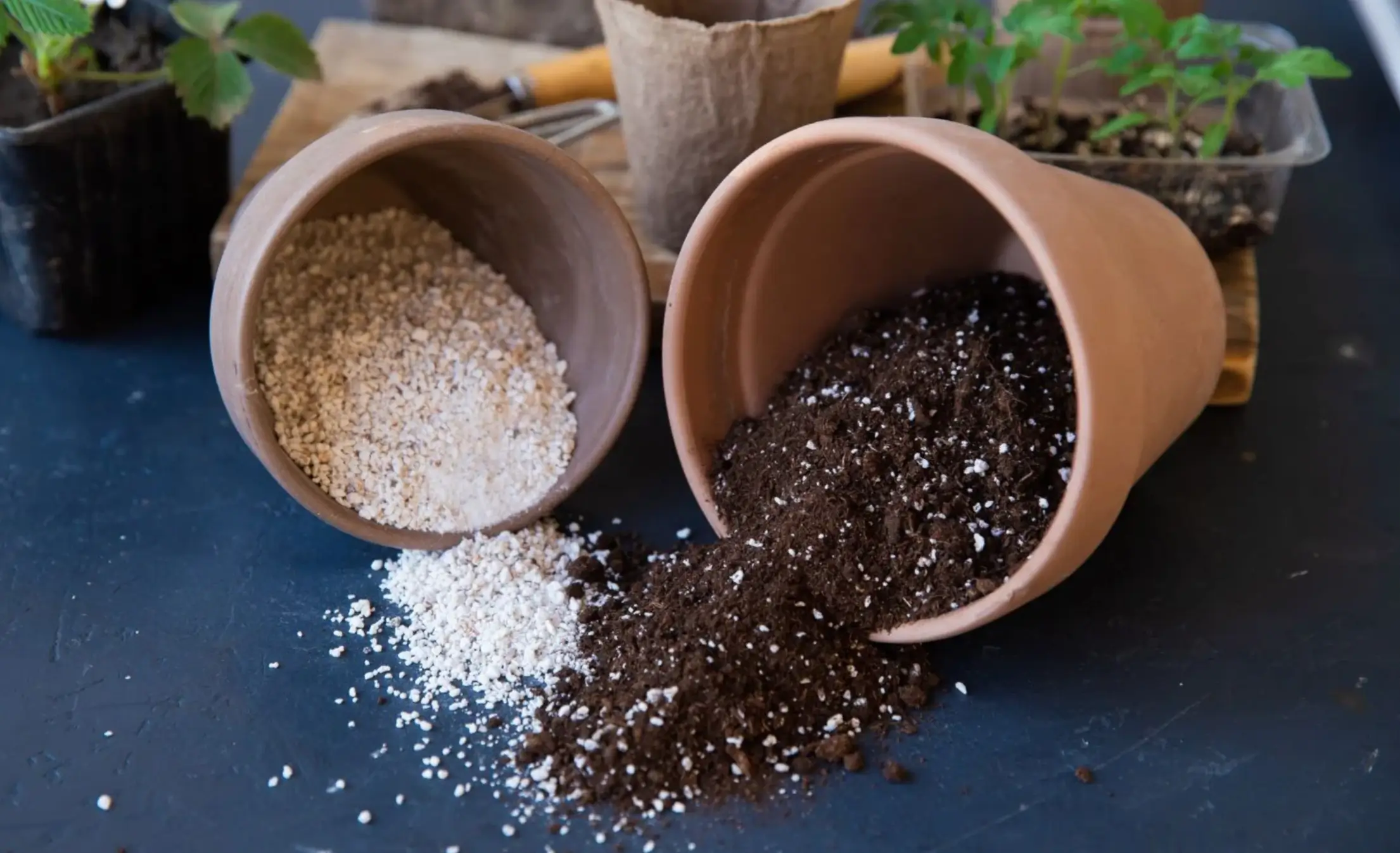
Soil Health & Fertilization
Victor Miller

Smart Irrigation Systems
Victor Miller

Patios, Walkways & Driveways
Victor Miller
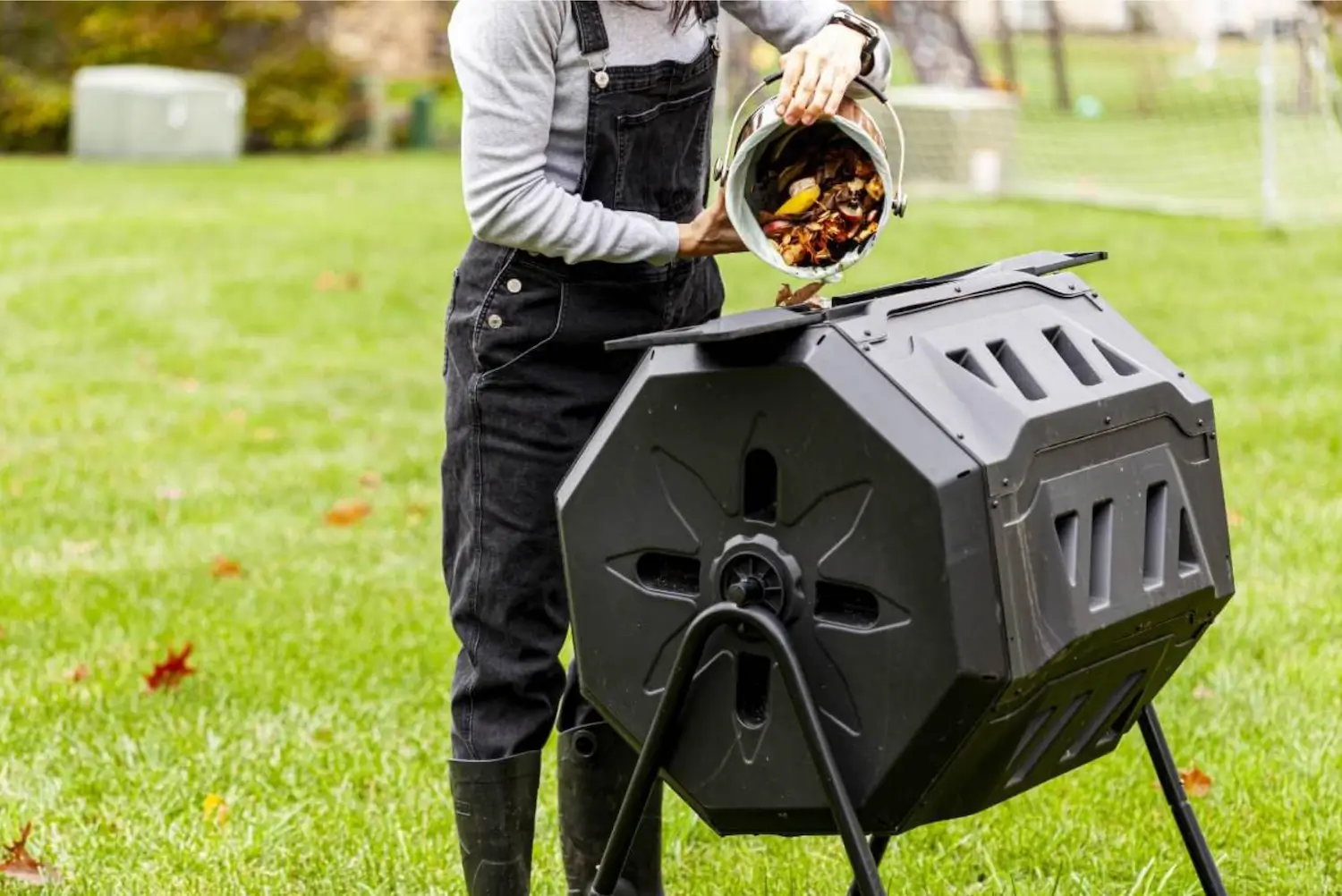
Soil Health & Fertilization
Victor Miller
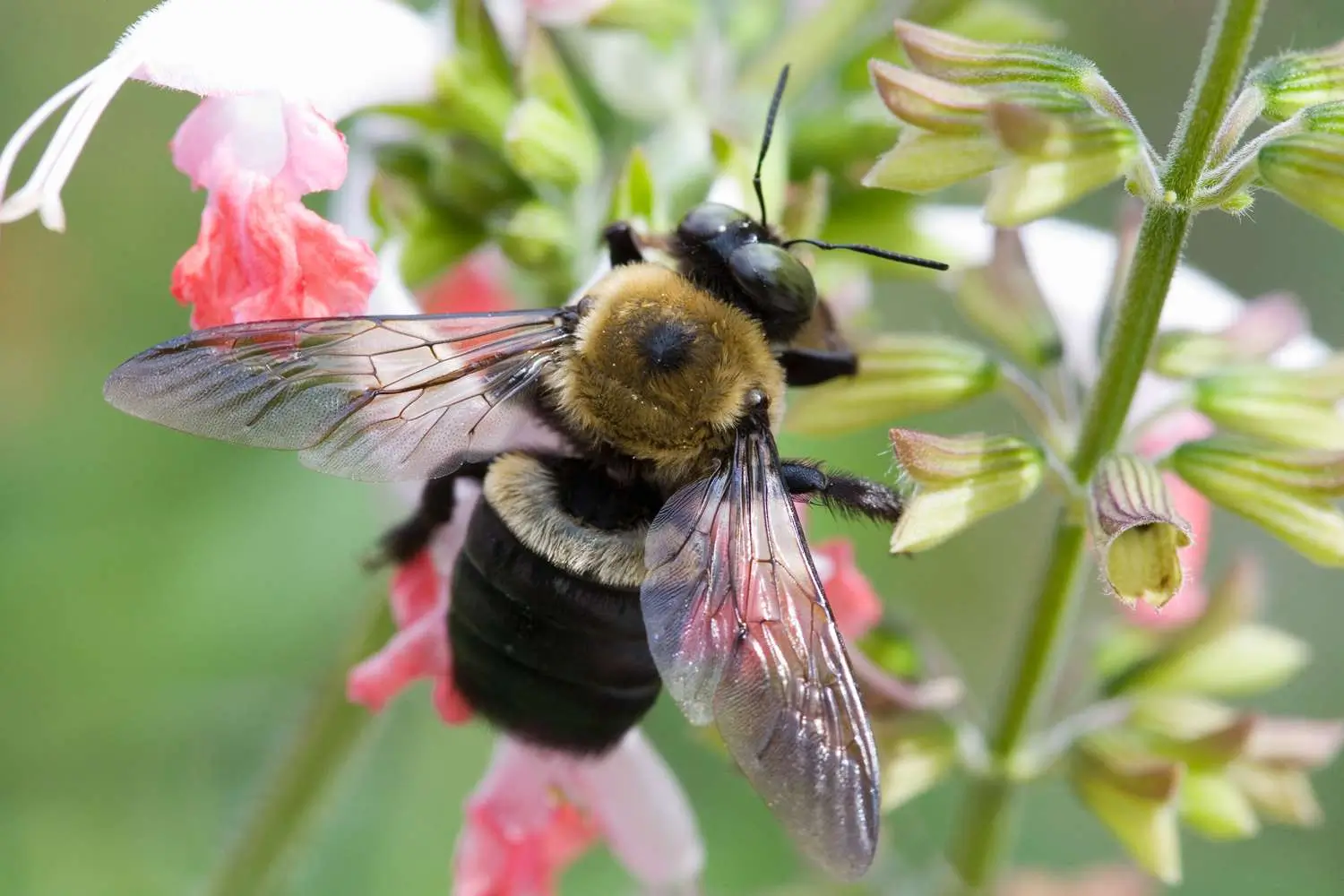
Pest Identification & Prevention
Victor Miller
My Account
Our team is always here to help.
We are open Monday - Friday, 9:00 AM to 4:30 PM PST.